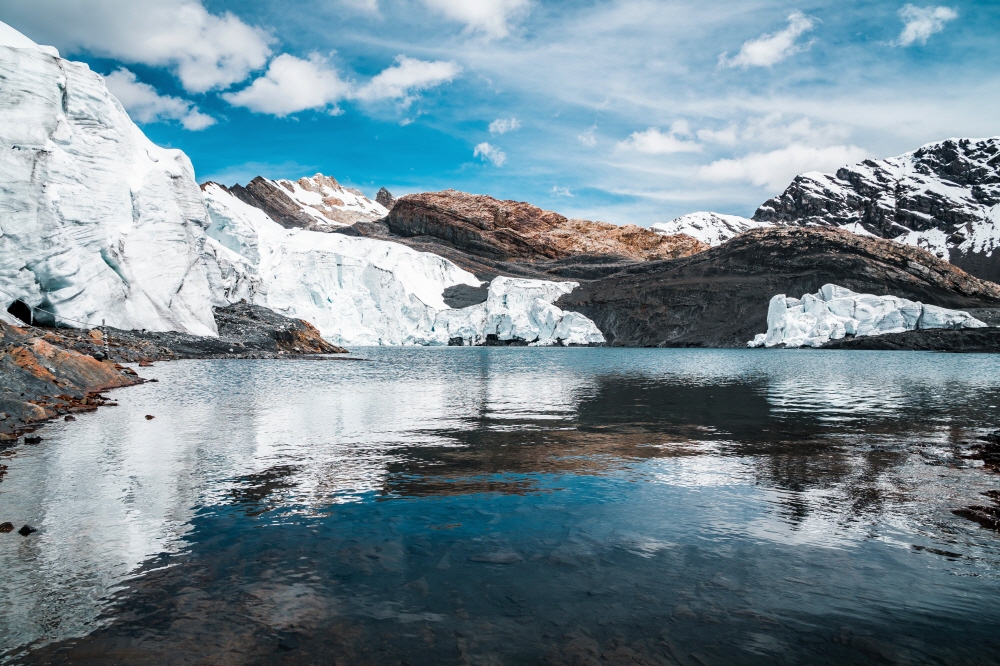
Glacial lakes are lakes formed by glacial action. Recently, it is known that the quantity of glacial lakes is increasing as global warming progresses. NASA’s analysis of satellite observation data collected over 30 years showed that the world’s glacial lakes have increased by 50% since 1990.
The glaciers are retreating on a global scale. Scientists around the world are concerned about rising sea levels caused by melting glaciers. Not all of the water from melting glaciers enters the sea. To some extent, it stays on land in the state of glacial lakes and groundwater. However, according to Professor Dan Shugar, a topographer at the University of Calgary, there has been no data to estimate the amount of lakes and groundwater formed by melting glaciers.
For this reason, the research team used the Google Earth Engine, a cloud-based geospatial analysis platform, to survey glacial lakes around the world. It also analyzed 250,000 images collected by Landset satellites launched by NASA and others for global environmental observation.
The research team analyzed satellite images taken from 1990 to 2018 to see how the glacial lake expanded and whether it was newly formed. All data is vast, but technology 10 years ago couldn’t process and analyze this much data.
As a result of the analysis, as of 2018, the total amount of glacial lakes on Earth was 156.5 km 3 . This is close to a third of Lake Eri, one of the Great Lakes on the border between the United States and Canada. In addition, from 1990 to 2018, the number of glacial lakes increased by 53%, the total area by 51%, and the quantity increased by 48%.
Unlike ordinary lakes, glacial lakes are stalled from sediments such as ice or rocks, so if the quantity increases too much and volcanic activity occurs, glacial lakes collapse and floods occur. This not only causes sea level rise, it can also lead to a threat to the lives and lives of residents living downstream.
The research team pointed out regions of Central Asia, such as Bhutan, Nepal, and Pakistan, around the Andes Mountains in South America as areas with high risk of flooding due to the collapse of the glacial lake. Thousands of glacial lakes collapsed in the 20th century, causing deaths from flooding one after another, and 7 million people in the Himalayas and other surrounding areas are said to be exposed to the risk of flooding due to the collapse of glacial lakes. Related information can be found here .


















Add comment